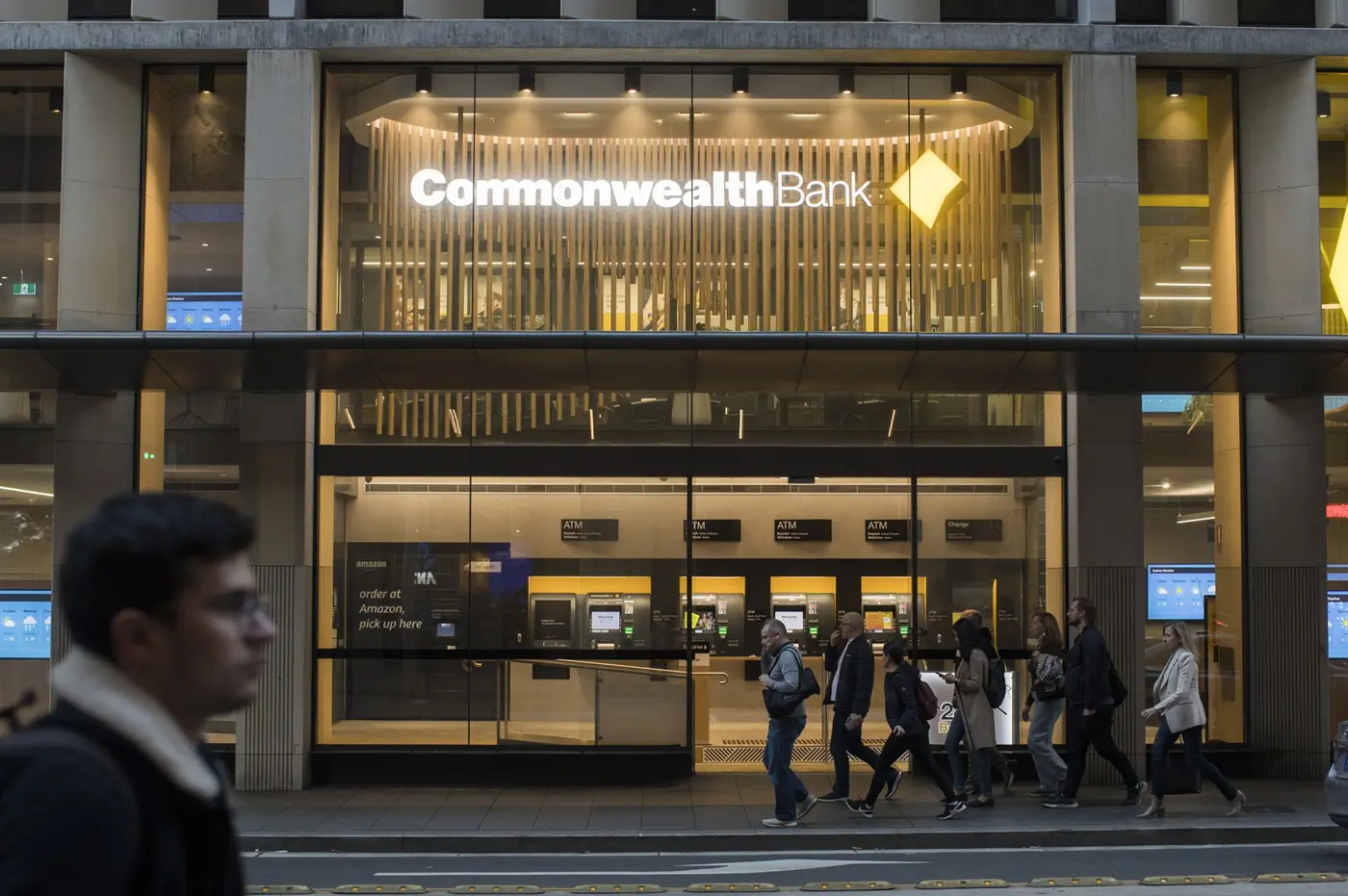The Art and Science of Building Brand Equity: Crafting Brands That Resonate.
BrandIn the bustling business landscape of Perth, Western Australia, and indeed across the globe, a brand isn’t merely a name or a smart logo design—it’s an emotional and psychological relationship with your customers. Understanding the intricacies of brand equity is vital for those venturing into branding or keen on reinforcing their current brand’s position. At Hello Brands, know that strong brands don’t just appear out of the blue; they’re meticulously sculpted.
What is Brand Equity?
Let’s elucidate what brand equity truly means. Brand equity refers to a value premium that a company generates from a product with a recognisable name compared to a generic equivalent. In simpler terms, the added value brought to your company’s products or services allows you to charge more than a no-name, generic product.
Why is it Important?
Imagine two identical white T-shirts. One has a globally recognised logo, perhaps a swoosh or an apple. The other is devoid of any branding. The former will fetch a higher price, and customers may even perceive its quality to be superior. That’s brand equity in action.
The tangible benefits of strong brand equity include:
- Increased Margin: You can charge a premium.
- Customer Loyalty: Consumers will keep coming back.
- Negotiation Power: Retailers want your brand on their shelves.
- Competitive Advantage: Your brand becomes the benchmark.
- Marketing Efficiency: Your marketing efforts yield better results.
So, how does a brand in Perth or elsewhere build this invaluable asset?












